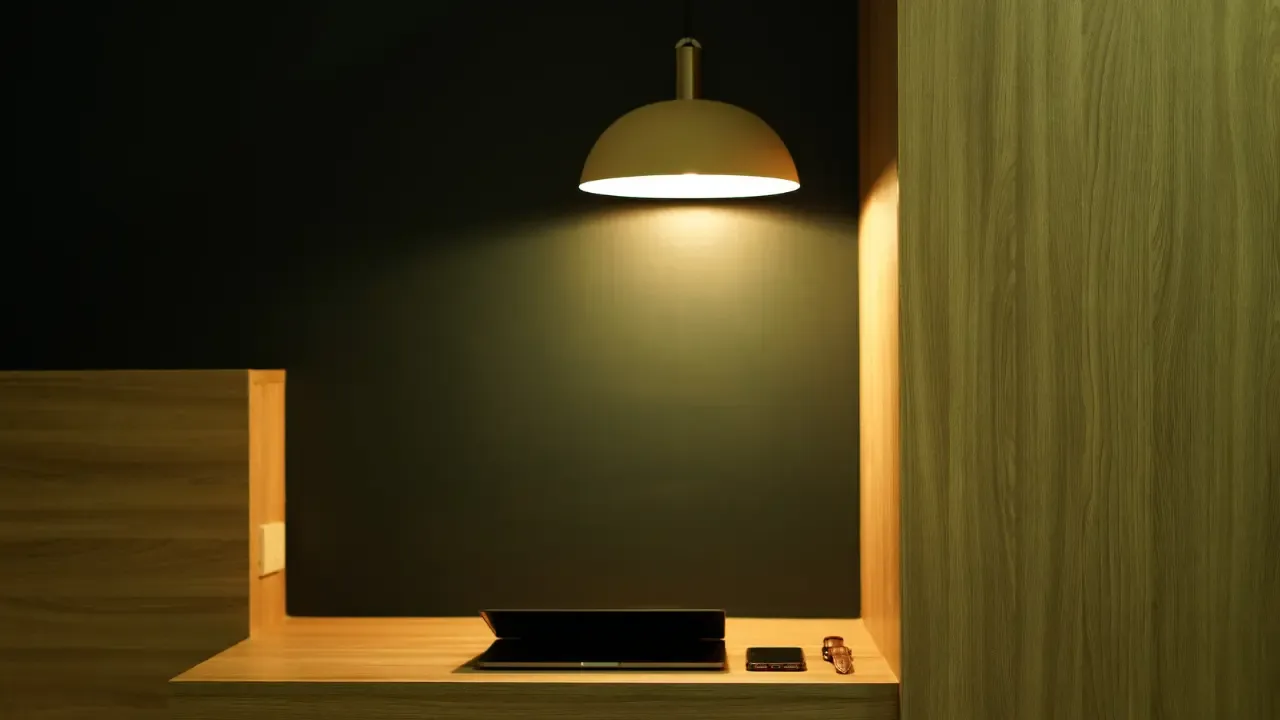Get User Selected Range

🎯 Get User Selected Range: A Guide to Mouse Input in VBA 🐭
So, you're building a VBA application and you need to capture the range of cells that the user selects with their mouse. But how do you accomplish this seemingly daunting task? Fear not, for we have the answers here!
🤔 The Problem
The main challenge lies in identifying the range of cells that the user has selected through their mouse input. Without proper guidance, users may struggle to grasp this functionality and developers can waste precious time hunting for solutions.
💡 The Solution
We're here to make your life easier! Let's dive into a few simple methods you can use to retrieve the user-selected range in VBA.
Method 1: Using the Selection property
The easiest way to obtain the user-selected range is by using the Selection property. This property returns the currently selected cells in the active window.
Here's an example of how you can implement this method in your VBA code:
Sub GetUserSelectedRange()
Dim selectedRange As Range
Set selectedRange = Selection
' Now, you can do further processing with the selectedRange
' For example, display the selected range address
MsgBox selectedRange.Address
End SubBy executing this code, a message box will pop up displaying the address of the user-selected range.
Method 2: Using the InputBox function
If you prefer a more interactive approach, you can prompt the user to select the range using an InputBox function. This allows users to input the range address directly.
Here's an example to help you understand:
Sub GetUserSelectedRange()
Dim rangeAddress As String
rangeAddress = InputBox("Please enter the range address:")
' Now, convert the entered address to a range object
Dim selectedRange As Range
Set selectedRange = Range(rangeAddress)
' Further processing with the selectedRange
' For instance, let's activate and select the range
selectedRange.Activate
End SubWhen you execute this code, an input box will prompt the user to enter the desired range address. Once the range address is provided, the code converts it into a Range object for further processing.
🔥 Keep in Mind
It's crucial to validate and handle potential errors. For example, the user might provide an invalid range address. Don't forget to handle such scenarios to prevent runtime errors.
Avoid assuming that the user will always select a single contiguous range. Users might select non-contiguous ranges or even individual cells. Be sure to account for these possibilities in your code.
📣 Time to Take Action!
Now that you've learned how to get the user-selected range in VBA, it's time to apply this knowledge to your projects! Share your experience in the comments below or reach out to us on Twitter with your questions and insights.
Don't forget to subscribe to our newsletter to receive more helpful tips and tricks straight to your inbox. Until then, happy coding! 💻🙌
Take Your Tech Career to the Next Level
Our application tracking tool helps you manage your job search effectively. Stay organized, track your progress, and land your dream tech job faster.



